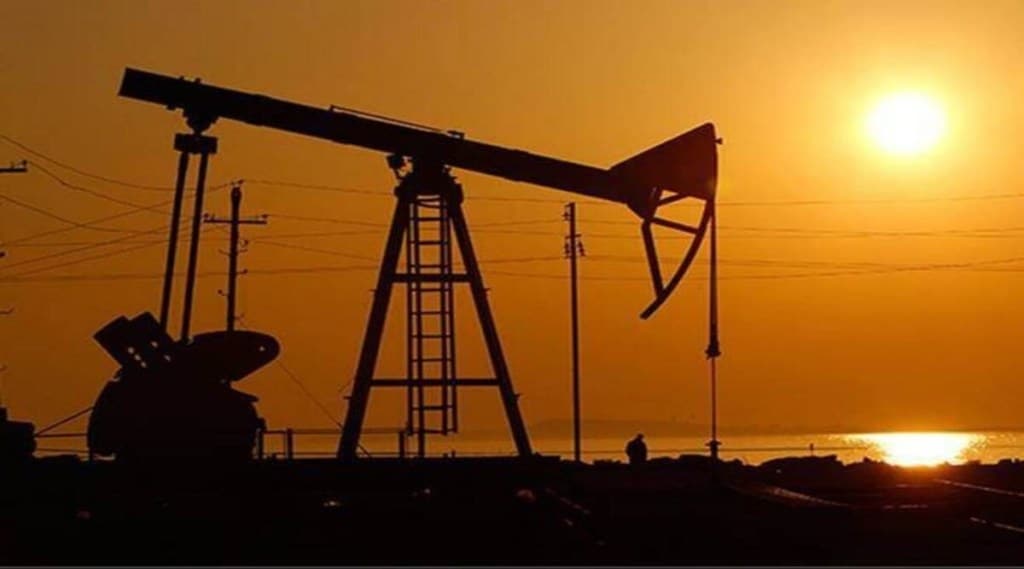The current elevated level of international crude price, should it persist for a long time, may come in the way of India achieving a real economic growth rate of 8%-plus in FY23 and pose upside risks to inflation as well, the finance ministry said on Thursday.
The latest Economic Survey, presented before the Ukraine crisis, had pegged real growth for FY23 at 8-8.5%. More recently, some analysts have trimmed their FY23 growth projections to 7-8.5%. Retail inflation, meanwhile, scaled an eight-month peak of 6.07% in February, having hit the upper band of the Reserve Bank of India’s (RBI’s) medium-term target of 2-6% for a second straight month. This is expected to have risen further in March due to the hike in domestic fuel prices.
The government is exploring all viable options, including import diversification, to procure crude oil at an affordable price, the department of economic affairs said in its report for March.
It, however, stressed that the economy, which recovered from a record, Covid-induced slide in FY21, will likely prove “resilient” despite the ripple-effect of the Russia-Ukraine conflict, thanks to the government’s renewed thrust on capital expenditure and improved financial health of the corporate sector.
There are “nascent signs that rising public capex may be crowding in private capex as well”, the report said. The Centre’s capital investment until February of FY22 has surpassed the levels in the corresponding periods of the pandemic and pre-Covid years, it added.
“The magnitude of the impact (of the Ukraine crisis) would depend on the persistence of high prices. Nevertheless, domestic economic momentum witnessed in government capital expenditure, rise in GST collections and import of capital goods offer comfort that the impact on the Indian economy may turn out to be tolerable,” the report said.
Global Brent crude oil prices have hovered around $105-106 per barrel in April, having risen above $135 in the first and second weeks of March from about $95 just before the crisis in late February.
The economy is also benefiting from continued robust growth momentum in the agriculture sector.
Industry, too, has also been witnessing strong growth, particularly in the second-half of FY22, the report said. The eight core infrastructure industries registered growth of 5.8% in February 2022 from a year before, the highest in the last four months. PMI manufacturing has stayed in the expansionary zone continuously for nine months (although it eased in March from the February level). PMI Services has also recorded expansion for eight months now. GST collections, too, breached Rs.1.4 trillion in March.
As work demanded under the MGNREGS continues to drop, growth in employment opportunities in the rural sector is also evident, the report said.
India achieved a record annual merchandise export of $417.8 billion in FY22, in-part benefitting from a rebound in the world economy and resurgence of industrial demand in advanced economies. India’s monthly merchandise exports exceeded $40 billion in March, a record.
The report, however, sought to highlight the fact that the geo-political tension, and resultant rise in oil prices, have weighed on the growth and inflation outlooks of countries across the globe and India isn’t an outlier.
“India may feel its impact although the magnitude will, of course, depend on how long the dislocations in energy and food markets persist in the financial year and how resilient India’s economy is to mitigate the impact. Transient shocks may not have a big effect on real growth and inflation,” the report said.
Offsetting these potential headwinds, GatiShakti and Production Linked Incentive Schemes will drive investments. This will “combine with supply chains strengthened by structural reforms taken in the past few years to deliver high-post-recovery growth for the Indian economy”.


